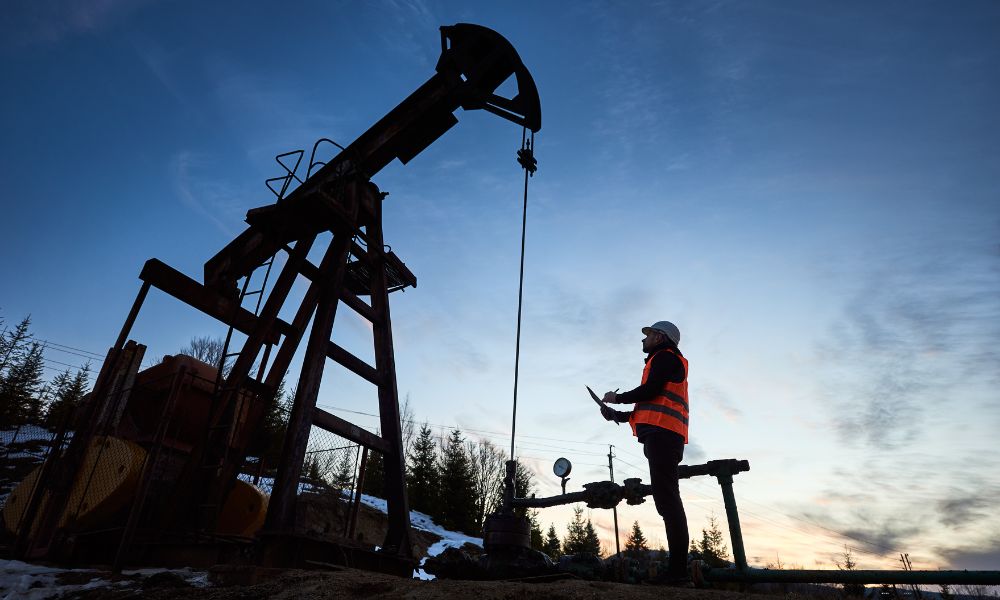
The oil and gas industry is one of the world’s most complex and regulated industries. Various inspections occur while extracting and refining oil and gas, from initial exploratory drilling to the final product going to market.
This blog post will look at some of the different types of inspections in the oil and gas industry.
Pipe Inspections
One of the most important aspects of operating an oil or gas pipeline is ensuring the pipe is in good condition. Periodic inspections of pipelines are essential to maintaining their integrity and preventing leaks or other accidents. Some of the different methods used to inspect pipes include the following:
- The visual inspection is the most basic form of pipe inspection and involves observing the pipe for any obvious signs of damage.
- Ultrasonic testing uses sound waves to detect flaws in the pipe.
- X-ray testing uses X-rays to inspect the inside of the pipe for damage.
- Magnetic particle testing uses magnetic fields to detect flaws in the pipe.
- Pressure testing is conducted on newly installed or repaired pipelines to ensure they can withstand the pressure of the oil or gas flowing through them.
Equipment Inspections
Another important aspect of the oil and gas industry is equipment inspection. This includes everything from exploration and drilling equipment to refinery machinery. Equipment inspections are typically performed on a routine basis to ensure all equipment functions properly and meets safety standards.
For example, cable and rigging equipment used in offshore drilling operations must get regular inspections to ensure it is not damaged and all connections are secure. Many industries use cable and rigging equipment, but the oil and gas industry has some of the most stringent requirements due to the potential for accidents.
In addition to routine inspections, equipment may be subjected to specialized testing to ensure its suitability for use in a particular environment or application.
Final Product Inspections
After oil and gas have been extracted and refined, they must undergo a final inspection before selling to consumers. This inspection ensures the products meet all quality control standards. Government agencies or independent third-party firms typically perform final product inspections.
As you can see, different types of inspections take place throughout the oil and gas industry. These inspections play an important role in ensuring the safety of those working and the quality of the products produced.
The last thing anyone wants is a pipeline to leak or equipment to fail while in use. That’s why these inspections are so important. Catching and fixing problems early can prevent any major accidents or damage.
